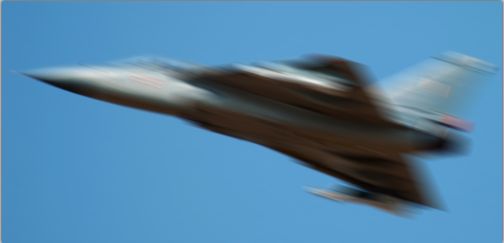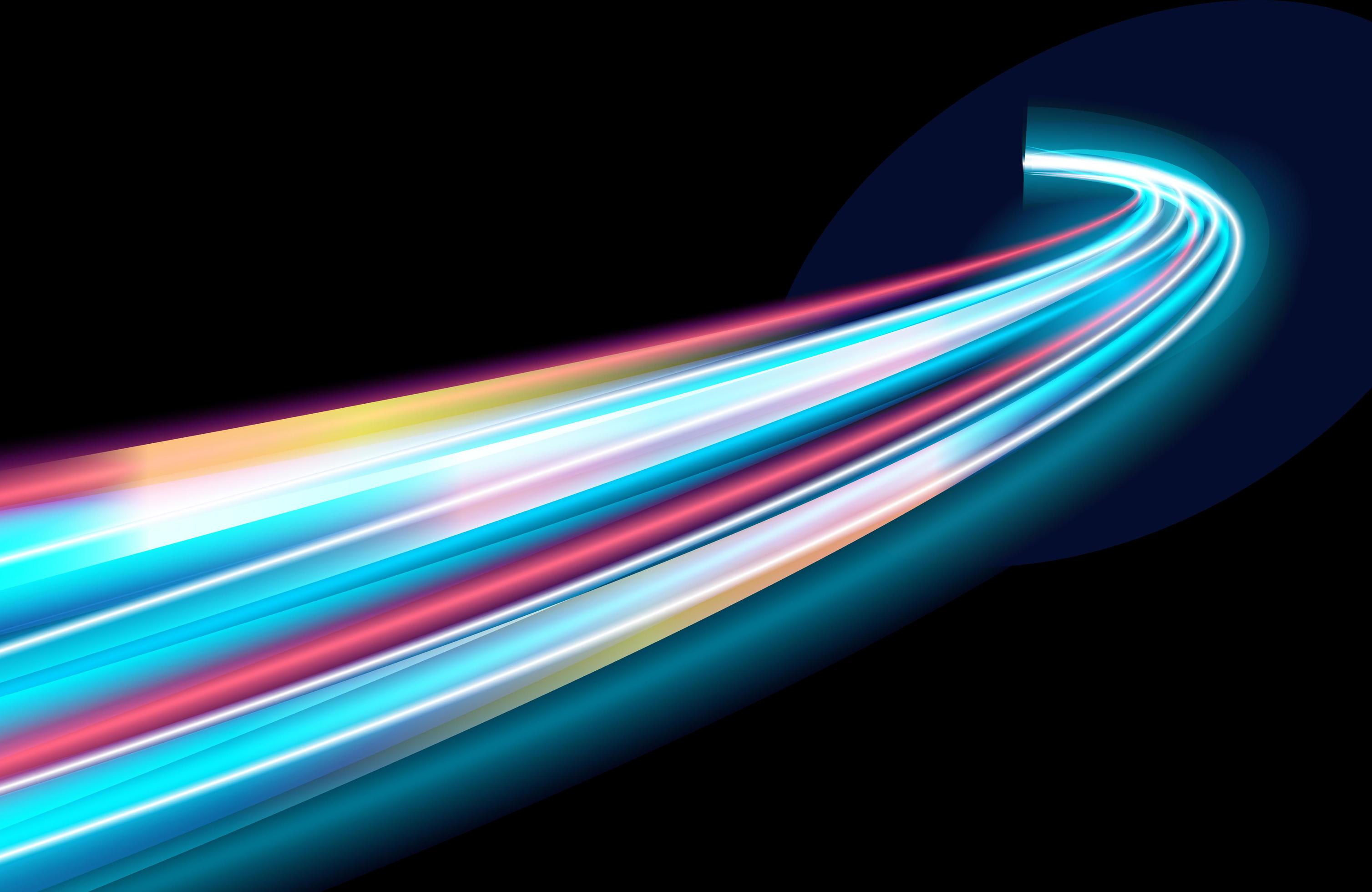
Experiment with this number until you’re happy with the effect.

In this example, the angle is set to 90, as the text animation moves horizontally.īlur length controls the amount of blur. Typically, you will set the angle to follow the movement. Setting the angle to 90 will create a horizontal blur. Setting the direction to zero creates a blur vertically. Position the playhead over the middle keyframe to edit the parameters there.ĭirectional Blur has two parameters: direction and blur length. Set start and end keyframes at the beginning and end of your movement, and a third in the middle. What makes Directional Blur less convenient than the Transform effect is that you have to keyframe it. To add Directional Blur, drag the effect from the Effects panel to your clip. You’ll notice that the movement is less mechanical. Let’s look at an example of a text animation without Directional Blur applied (we used this clip for the background).Ĭompare to this example with Directional Blur applied. What this means is you can get a little bit more granular when customizing a Directional Blur.Īnother difference with the Directional Blur is that it can be applied to video clips in addition to keyframed elements, whereas the Transform effect’s Shutter Angle parameter only affects keyframed elements.

At its simplest application, Directional Blur yields a similar result to that of the Transform effect.ĭirectional blur, however, allows you to specify the direction of the blur, while the Transform effect settings will extrapolate that information automatically. Experiment with increasing and decreasing the Shutter Angle until you’re happy with the look.Īnother technique to create motion blur in Adobe Premiere is to use the Directional Blur effect. The higher the number, the more motion blur. Click and drag to increase the Shutter Angle. Note that you can only add motion blur to movement controlled by the parameters listed under the Transform effect.Īfter animating, uncheck the Use Composition’s Shutter Angle box. In the Effect Controls panel, use keyframes to animate the desired parameters, such as Scale and Position. Begin by dragging the Transform effect from the Effects panel to a clip. While you can edit parameters like position and scale from the Motion section, for this effect you’ll need to use Transform. But the key here is to add the effect before you create any keyframes. Using the Transform effect is the easiest way to create motion blur.
#Motion blur how to#
Now its time to learn how to create this effect on your own! Part 2: Methods to Add Motion Blur in Premiere Pro Transform Effect The effect is slight, but the result significant and worth adding to most keyframed movements. Now, let’s look at the same movement with a motion blur effect added. Let’s look at an example of a simple digital zoom using this clip. In Adobe Premiere, motion blur is a simple addition that can go a long way in creating a natural look for your keyframed elements.

Decrease it to make the blur more subtle.

The other Motion Blur controls are now enabled. In the Motion Blur group, click By Layer to change it to By Object.Right-click the object, and then choose Properties from the quad menu.ģds Max opens the Object Properties dialog.


 0 kommentar(er)
0 kommentar(er)
